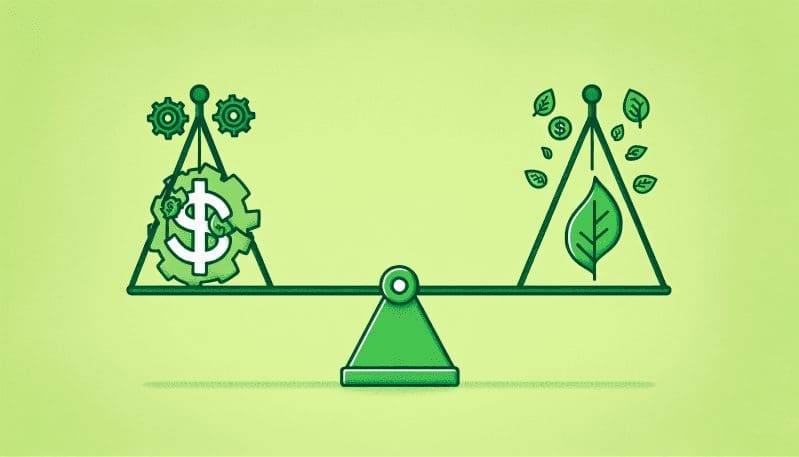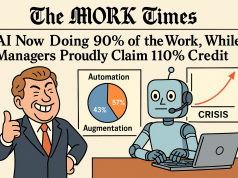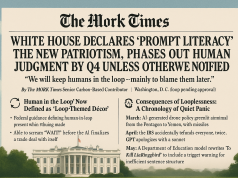In the shadow of rapid industrialization and globalization, modern governments face a Herculean task: fostering economic growth while safeguarding the environment. The high wire act of aligning these seemingly divergent objectives has led to the birth of innovative policies and regulations that seek to thread the needle between development and conservation. Yet, the question remains: How effective are these strategies in creating a sustainable future that both stimulates the economy and protects the planet?
The interconnectivity of economic and environmental health is increasingly evident as climate change accelerates and its economic repercussions become more severe. Governments are tasked with charting a course that supports industries and job creation, while also meeting international environmental commitments and managing natural resources responsibly.
One such initiative is the embracing of green technologies and renewable energy sources. The transition from traditional, carbon-intensive energy to cleaner alternatives promises to reshape workplaces, reconfigure job markets, and revolutionize sectors. Workers in the fossil fuel industry face uncertainty as the sector contracts, while new opportunities arise in the burgeoning green economy. This shift, though crucial for environmental sustainability, must be managed to minimize disruptions in the labor market and to ensure a just transition for all workers involved.
The efficacy of environmental policies varies greatly. The most successful are those that achieve reductions in carbon emissions and pollution without stifling economic progress. Governments that provide retraining programs for displaced workers and incentivize businesses to adopt green practices are striking the right balance. A notable example is the Scandinavian model, where investment in green initiatives goes hand-in-hand with strong social safety nets and labor market policies that support re-skilling and mobility.
Conversely, less successful initiatives are marked by resistance from both industry and labor, often stemming from a perceived threat to jobs and profitability. In these cases, the failure to adequately communicate the long-term benefits of environmental stewardship, or to cushion the immediate impacts on workers, can result in policy stagnation or rollback.
Innovation is the cornerstone of balancing economic and environmental interests. Public-private partnerships can spur advancements in technology and practices that reduce environmental footprints while promoting economic expansion. International collaboration, as seen in agreements like the Paris Accord, also plays a vital role in aligning diverse interests towards a common environmental goal.
To walk the green tightrope successfully, government policy must be holistic, encompassing not only environmental and economic elements but also social considerations. Investment in education and training is pivotal, ensuring the workforce is ready to meet the demands of new green industries. Furthermore, engaging stakeholders across the spectrum—from industry to indigenous communities—is vital to crafting policies that are both fair and forward-thinking.
Ultimately, the future hinges on our collective ability to foster an economy that thrives on sustainability. It is a future where workplaces are engines of green innovation, where workers are equipped with the skills to adapt and succeed, and where government policies reflect the intricate balance of the planet’s wellbeing with human prosperity.
As we continue to inch along this tightrope, let us not forget that the decisions made today will resonate for generations. It is not merely a balancing act; it is a profound responsibility to craft a legacy of equilibrium—one where economic growth and environmental stewardship are not disparate paths but intertwined destinies.




























